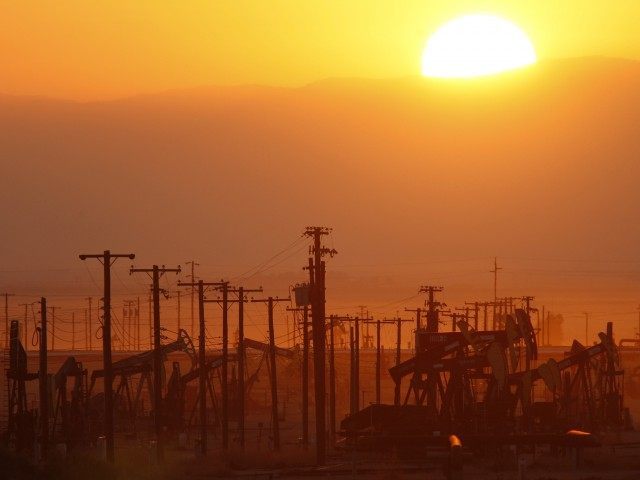From fewer than 50 barrels a day in 2009 to 400 barrels today, fracking technology has advanced at a pace that has doubled oil well production every 2 years. That pace of productivity improvement is almost identical to the computer industry’s Moore’s Law, which expects the speed of processing chip to double every 2 years.
The iPhone 3G state-of–the-art smartphone in 2009 had a computer processing chip rated at 412 MHZ. The new Apple iPhone 6S sports the A9 processor with dual 1.8 GHZ processors. Although Apple markets the speed as “amazingly fast,” the improvement is just on pace with the average improvement for processor chips.
Gordon E. Moore predicted in 1975 that the processing speed for the average computer would double every two years. Despite all the nay-saying by so-called industry “experts” at the time, computer speeds have consistently doubled about every two years for the last four decades. Moore’s problematic prediction is now called “Moore’s Law,” because the pace of innovation has doubled computer speeds every 2 years and is expected to continue at the same pace into the future.
Likewise, the nay-saying energy experts in 2009 claimed the world had suffered “peak oil” two decades earlier, and production was in terminal decline. But U.S. oil production has more than doubled in the last six years because technological innovations continue roughly to double the productivity of fracking about every two years.
It is now well known that the initial oil production from fracked wells has improved by over 800 percent in just six years. But what is not understood is that the decline in oil production in fracked wells has fallen by 80 percent over the same period. In 2009, production from fracked wells fell from 50 barrels a day to 25 barrels per day in 6 months, and was not commercially viable after one year. But for wells fracked in Texas’ Eagle Ford region in 2014, initial production only fell from 400 barrels a day to 250 after six months, and the wells are expected to continue to be commercially viable for 4 years.
Because of concerns with productivity, fracked wells in 2009 were required to have at least 500 feet of spacing. But recent trends are allowing fracking with just 100 feet of spacing,
This Moore’s Law-like tech driven productivity improvement explains why U.S. oil production has continued to remain high despite the U.S. price of oil falling to $45 a barrel over the last 15 months (about a 55 percent price decline). That is even more impressive, given that the number of oil rigs running in the U.S. fell from a peak of about 1,600 a day in October 2014 to about 675 today.
Most of the fracking boom was paid for with the issuance of junk bonds, and Moody’s credit rating service warns that about one in eight of those are at risk of filing for bankruptcy at current oil prices. Despite how much money bondholders may lose on financing all the fracking exploration and leasehold purchases, banks are still going to continue to fund fracking production on established wells sites until the cash flow turns negative.
The price of oil adjusted for inflation over the last 140 years averaged $30 a barrel; since 1946 it averaged $42 a barrel; since 1980 it averaged $53 a barrel, and from 2000 it averaged $64.50 a barrel.

COMMENTS
Please let us know if you're having issues with commenting.